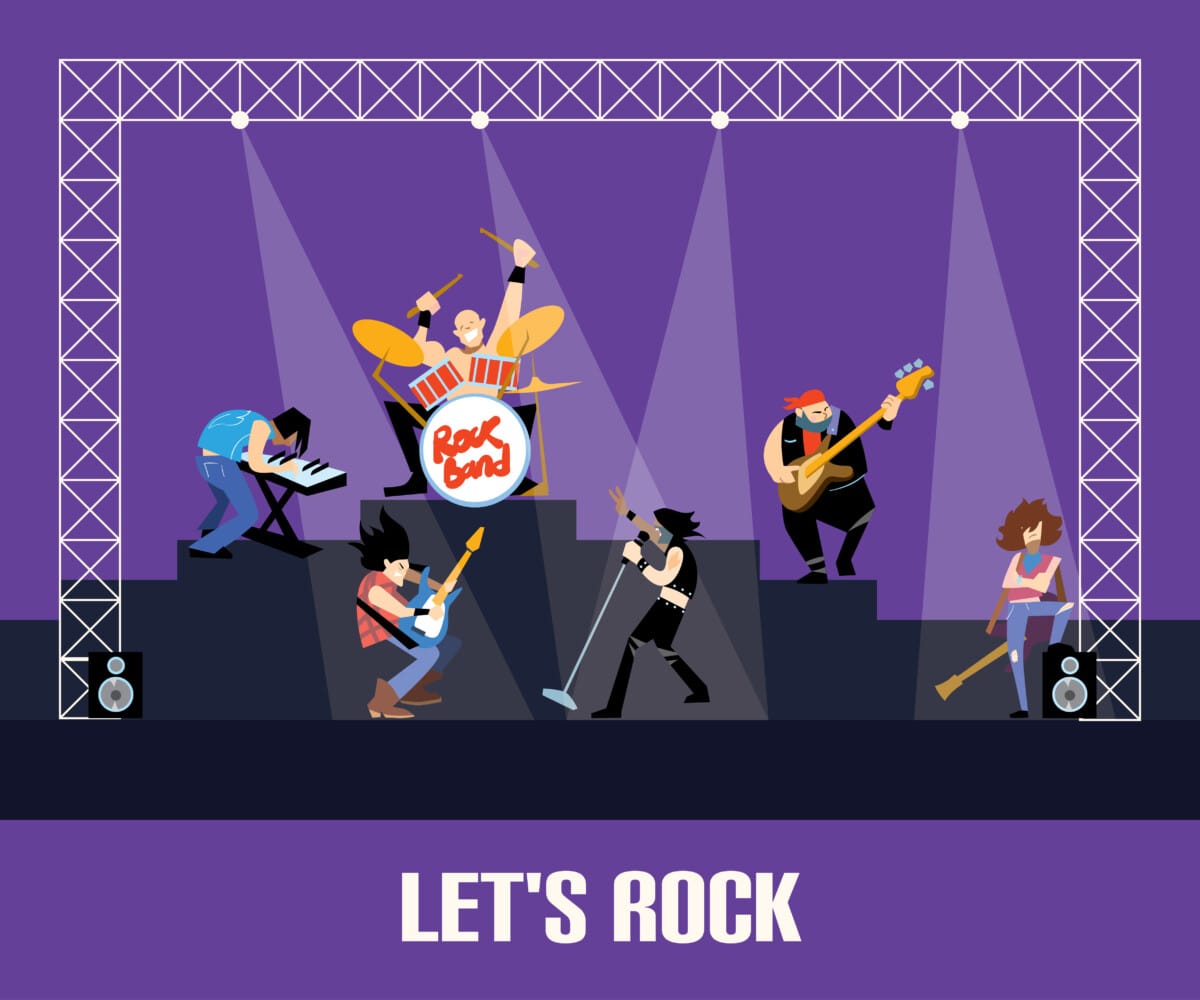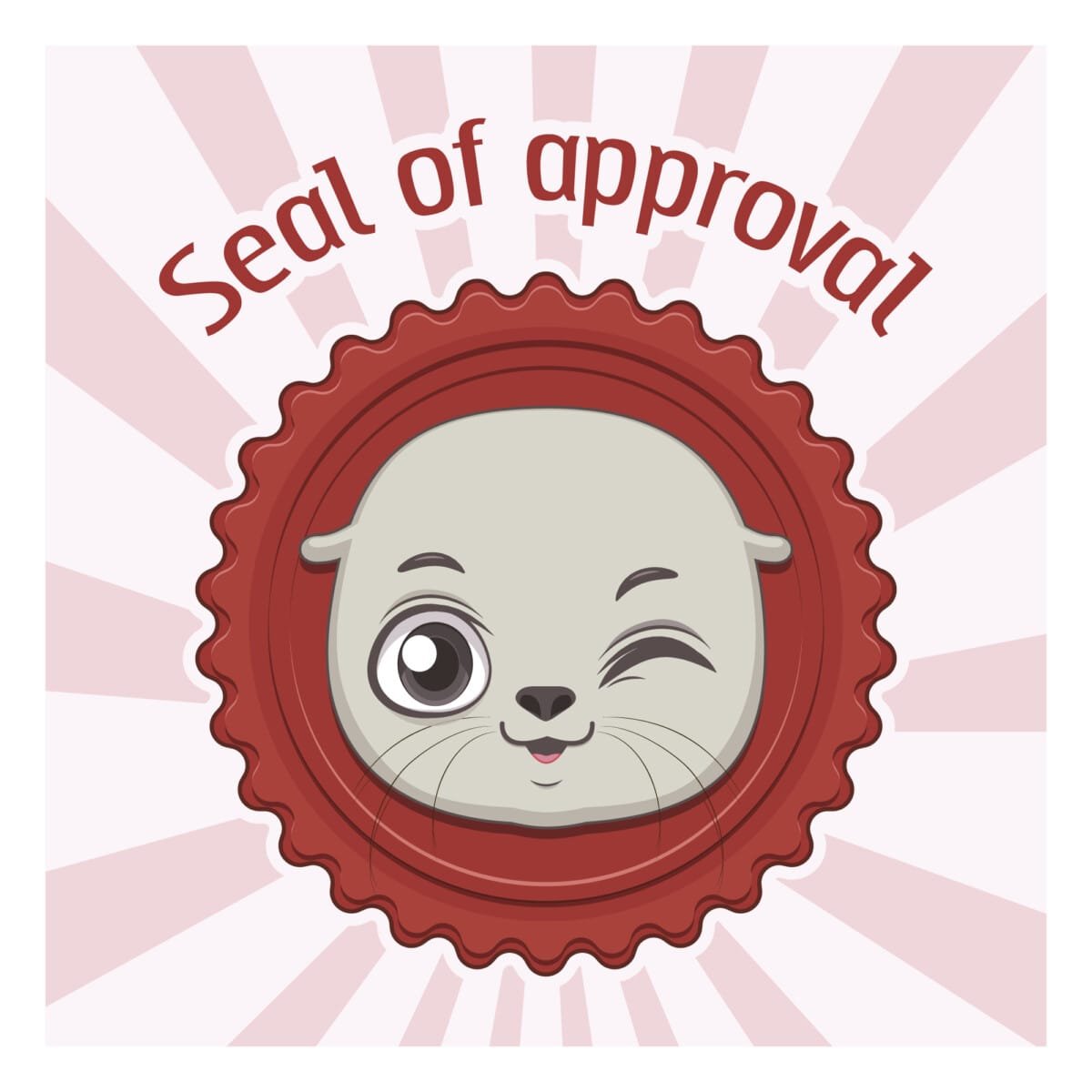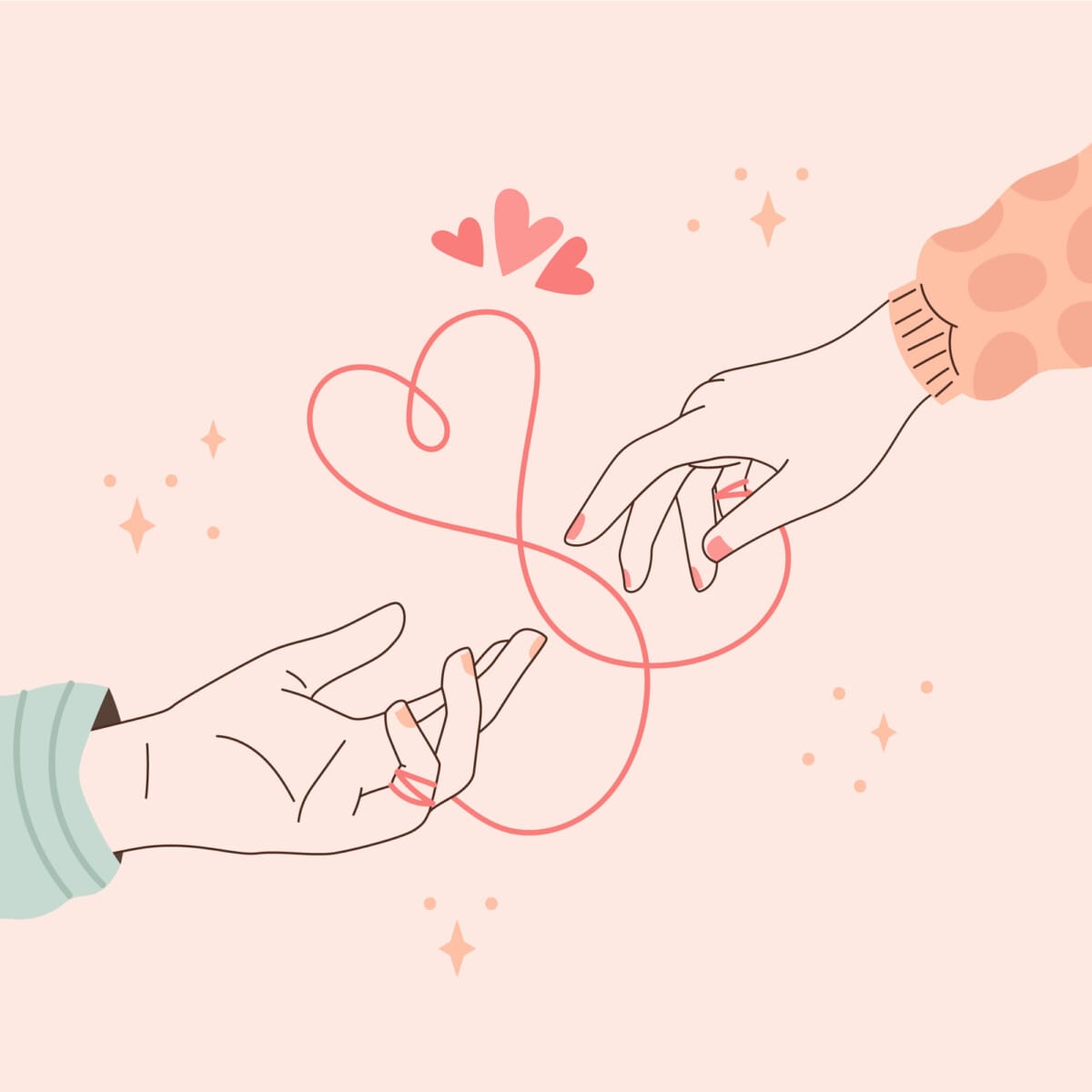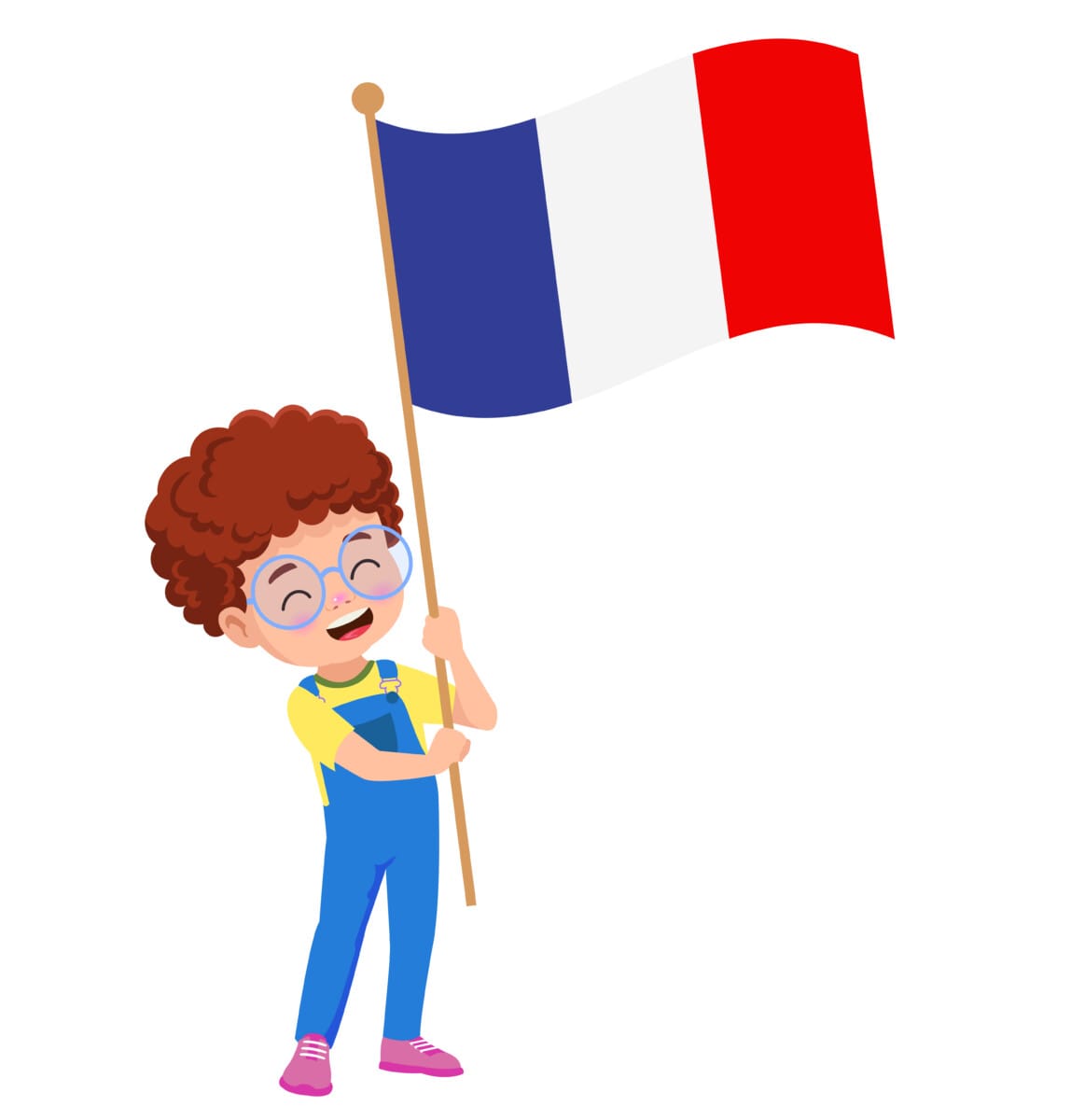From ‘Groovy’ to ‘Lit’—Exploring Generational Slang
English slang is constantly evolving, with each generation adding its own unique twist to the language. Words that were once trendy can quickly become outdated, while others stand the test of time. Exploring slang from different decades offers a fascinating look at how culture, trends, and social attitudes shape the way we speak.
In the 1960s, words like ‘groovy’ and ‘far out’ were popular ways to describe something cool or exciting. By the 1980s, slang shifted with words like ‘rad’ and ‘gnarly,’ often used to describe impressive or extreme things. Moving into the 1990s, expressions like ‘phat’ (meaning awesome) and ‘da bomb’ took over, especially in hip-hop culture.
In the 2000s, slang took on a more casual and expressive tone. Words like ‘tight’ (meaning impressive or cool) and ‘cringe’ (describing something awkward or embarrassing) became popular in conversations. The word ‘epic’ also gained traction, used to describe something incredibly memorable or exciting. More recently, slang like ‘lit’ (exciting or fun) and ‘savage’ (bold or fearless) dominate conversations, especially among younger speakers.
While some slang words fade over time, others stick around or even make a comeback. Understanding slang not only helps your students to stay updated with language trends but also gives them a glimpse into the cultural movements that inspired them.










